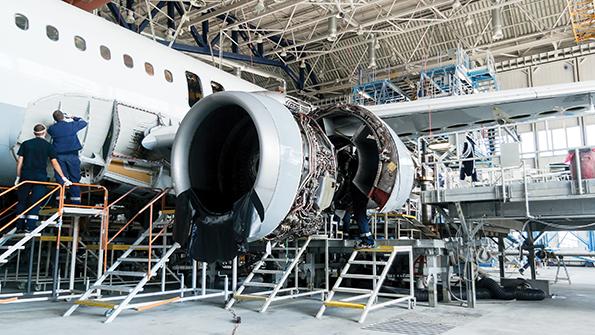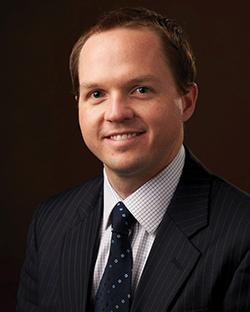Finding Trustworthy Direction For Regulatory Compliance Activities

Regulatory compliance is like a slalom course. Each nuance of the rules is the starting gate; getting successfully to the end means properly navigating between the questions and answers.
This is a favorite metaphor of ARSA Managing Director Marshall Filler, so I have heard it often both as a member of the association’s board of directors and through Nordam’s own engagement with regulators. The illustration is based on a key point: Finding the best answer means you must start at the top of the right hill. Identifying the right hill on which to begin the course is rarely obvious, never easy and often requires a compass.
Every time an industry member has a question, the answer begins with identifying the right slalom course. Here are some of the questions fielded by ARSA since October, when I began my term as president, and the hills on which to begin answering them:
Repairman eligibility in Part 65 Subpart E for inspection capabilities?
Requirements for repair station inspectors in §145.155.
Vision standards for nondestructive inspection personnel based on guidance in Advisory Circular 65-31?
Repair station personnel requirements in Part 145 Subpart D.
Medical marijuana use while performing a safety-sensitive function?
The definition of “prohibited drug” in §120.7(m) points to 49 CFR §40.3.
Security responsibilities for repair stations located outside the U.S.?
Transportation Security Administration rules in 49 CFR Part 1554.
Issuing 8130-3s for overhauls performed by subcontractors?
Privileges and limitations, contract maintenance and manual requirements in §§145.201, 145.209 and 145.217.
Compliance with repair station rules for work performed on military articles?
Sections 43.1 and 145.1 tying applicability to U.S. certificates of airworthiness and potentially manual and quality system requirements in §§145.207, 145.209 and 145.211.

In each of these cases, finding the “right” answer is about process as much as (if not more than) knowledge. Each turn down the course leads to another question and yet another decision point, until you reach the bottom of the hill . . . and, thus, success. So those of us in the aviation business need reliable sources for good process and sound knowledge to complete the course. This way, we ultimately can make the aircraft we put our “hands on” to “fly families safely” (a Nordam slogan).
What are those resources for you? If you take anything away from this article, it should be the need for trustworthy direction in your regulatory compliance activities. As an analogy, if the IRS is not the best place for tax advice, then the FAA is not the best source for compliance information—nor is putting the pressure entirely on your own personnel. Seeking help from experts is advisable and available.
Joining and supporting trade associations focused on regulatory compliance will bring alternative sources of information. Finding, reading and circulating public communications related to government matters is also advisable. Participating in industry activities, meetings, conferences and conventions inevitably brings opportunities to ask questions, engage in dialog and arrive at answers.
Making sure you get to the top of the right hill begins your navigation and will help you avoid being buried in the snow. Seek help in your compliance efforts that can be a compass—a navigator—you can count on.
Terrell Siegfried is Nordam’s assistant general counsel and corporate secretary. He has been a member of ARSA’s board since 2017 and was elected to his first term as ARSA president in October 2021.




